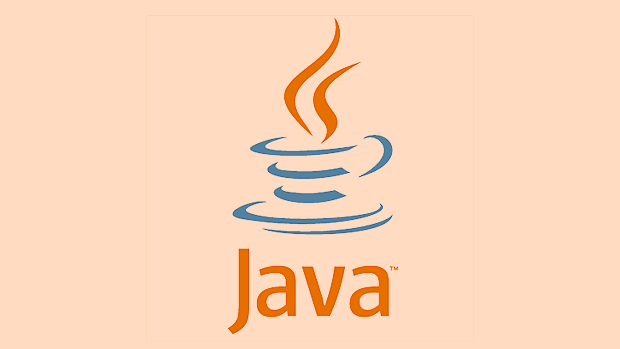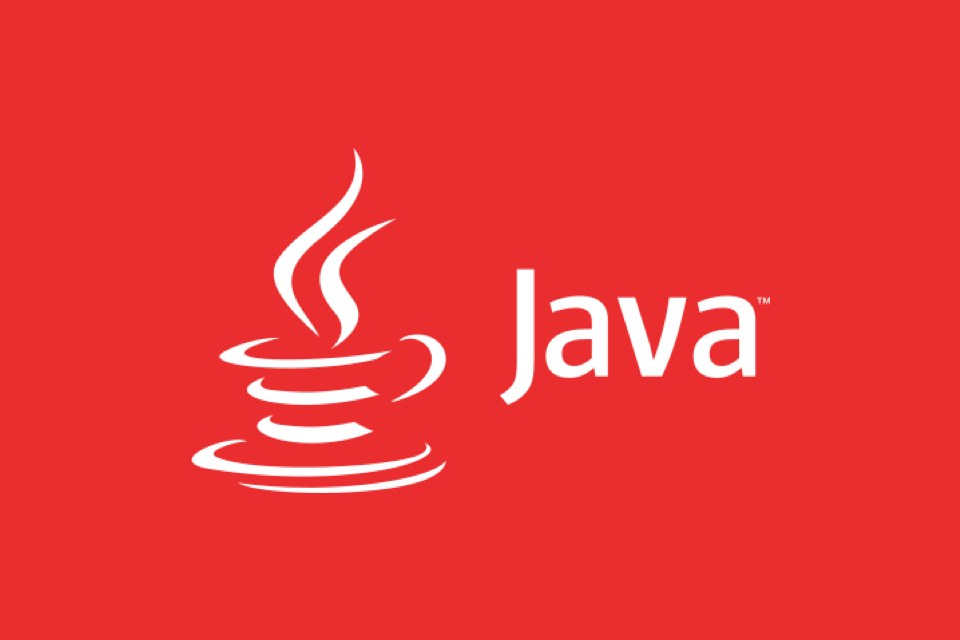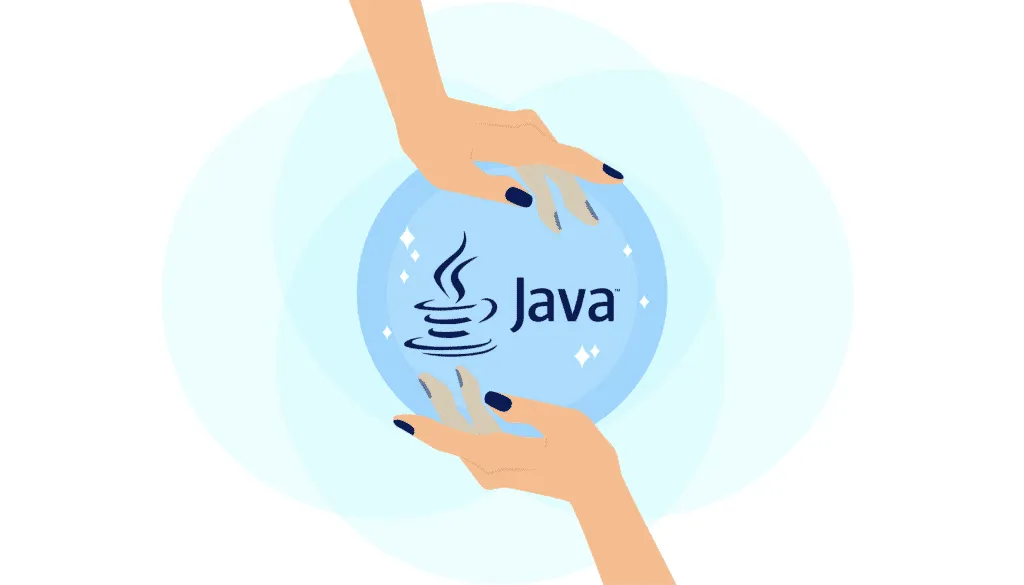The Serializable and Externalizable interfaces in Java are used for object serialization, but there are key differences. 1. Serializable is a tag interface that automatically handles serialization, suitable for simple scenarios but lacks control; 2. Externalizable inherits from Serializable, forcing writeExternal and readExternal methods to provide finer granular control, suitable for performance and format sensitive scenarios; 3. Serializable is easy to use but may cause version compatibility issues, and serialVersionUID needs to be explicitly declared; 4. Externalizable requires manually managing fields and maintaining parameterless constructors to improve performance but increase development and maintenance costs; 5. Select Serializable is suitable for temporarily saving object state, while Externalizable is more suitable for scenarios where cross-system communication or historical data archives are required. Both have their own advantages and disadvantages and should be selected according to project needs.

In Java's serialization mechanism, Serialization and Externalization are both ways to convert objects into byte streams, which are convenient for storage or transmission. However, they have many differences in implementation methods, control granularity and performance. If you encounter situations in development where you need to customize the serialization process, it becomes important to understand the differences between the two interfaces.

What is Java Serialization?
Serializable is a marker interface, no methods are defined. When you make a class implement the Serializable interface, Java will automatically handle the serialization and deserialization of objects.

- Advantages : Easy to use and does not require manual code writing of read and write fields.
- Disadvantages : Poor flexibility, cannot control which fields are serialized, nor can it optimize the efficiency of serialization.
For example:
public class User implements Serializable {
private String name;
private int age;
}This method is suitable for quickly realizing object persistence or network transmission, but if the object structure is complex or has performance requirements, it is not enough.

Externalization provides finer granular control
The Externalizable interface inherits from Serializable , but it forces you to implement two methods: writeExternal() and readExternal() . This means you need to decide for yourself how to write and read the data of the object.
- Advantages : You can fully control the serialization process, improve performance, and selectively save key fields.
- Disadvantages : fields need to be managed manually, which is more costly to maintain.
Example:
public class User implements Externalizable {
private String name;
private int age;
public void writeExternal(ObjectOutput out) throws IOException {
out.writeUTF(name);
out.writeInt(age);
}
public void readExternal(ObjectInput in) throws IOException, ClassNotFoundException {
name = in.readUTF();
age = in.readInt();
}
}This approach is suitable for scenarios where there is strict control over the serialized data format, such as cross-system communication or archive historical versions of data.
Comparison of performance and applicable scenarios
Although both can complete the serialization task of objects, their applicable scenarios are different in actual use:
- If you just save the object state temporarily and don't care about how to save it, using
Serializableis easier. -
Externalizableshould be considered if you want to reduce the serialized data volume, improve performance, or need to be compatible with different versions of object structures.
Additionally, the Externalizable implementation class must have a parameterless constructor because it is called to create the object when deserialized. This point is easily ignored, resulting in runtime exceptions.
Version compatibility issues
When using Serializable , if the class structure changes (such as adding new fields), it may cause deserialization to fail. This problem can usually be mitigated by explicitly declaring serialVersionUID .
Although Externalizable also needs to deal with compatibility, since it manually controls field reading and writing, it can achieve more flexible compatibility strategies by judging whether the field exists, etc.
In general, Serializable is more suitable for quick implementation, Externalizable is more suitable for scenarios that require fine control. Which one you choose depends on your project requirements and performance requirements. Basically that's it.
The above is the detailed content of Java Serialization vs Externalization Differences. For more information, please follow other related articles on the PHP Chinese website!

Hot AI Tools

Undress AI Tool
Undress images for free

Undresser.AI Undress
AI-powered app for creating realistic nude photos

AI Clothes Remover
Online AI tool for removing clothes from photos.

Clothoff.io
AI clothes remover

Video Face Swap
Swap faces in any video effortlessly with our completely free AI face swap tool!

Hot Article

Hot Tools

Notepad++7.3.1
Easy-to-use and free code editor

SublimeText3 Chinese version
Chinese version, very easy to use

Zend Studio 13.0.1
Powerful PHP integrated development environment

Dreamweaver CS6
Visual web development tools

SublimeText3 Mac version
God-level code editing software (SublimeText3)

Hot Topics
 Difference between HashMap and Hashtable?
Jun 24, 2025 pm 09:41 PM
Difference between HashMap and Hashtable?
Jun 24, 2025 pm 09:41 PM
The difference between HashMap and Hashtable is mainly reflected in thread safety, null value support and performance. 1. In terms of thread safety, Hashtable is thread-safe, and its methods are mostly synchronous methods, while HashMap does not perform synchronization processing, which is not thread-safe; 2. In terms of null value support, HashMap allows one null key and multiple null values, while Hashtable does not allow null keys or values, otherwise a NullPointerException will be thrown; 3. In terms of performance, HashMap is more efficient because there is no synchronization mechanism, and Hashtable has a low locking performance for each operation. It is recommended to use ConcurrentHashMap instead.
 What are static methods in interfaces?
Jun 24, 2025 pm 10:57 PM
What are static methods in interfaces?
Jun 24, 2025 pm 10:57 PM
StaticmethodsininterfaceswereintroducedinJava8toallowutilityfunctionswithintheinterfaceitself.BeforeJava8,suchfunctionsrequiredseparatehelperclasses,leadingtodisorganizedcode.Now,staticmethodsprovidethreekeybenefits:1)theyenableutilitymethodsdirectly
 How does JIT compiler optimize code?
Jun 24, 2025 pm 10:45 PM
How does JIT compiler optimize code?
Jun 24, 2025 pm 10:45 PM
The JIT compiler optimizes code through four methods: method inline, hot spot detection and compilation, type speculation and devirtualization, and redundant operation elimination. 1. Method inline reduces call overhead and inserts frequently called small methods directly into the call; 2. Hot spot detection and high-frequency code execution and centrally optimize it to save resources; 3. Type speculation collects runtime type information to achieve devirtualization calls, improving efficiency; 4. Redundant operations eliminate useless calculations and inspections based on operational data deletion, enhancing performance.
 What is an instance initializer block?
Jun 25, 2025 pm 12:21 PM
What is an instance initializer block?
Jun 25, 2025 pm 12:21 PM
Instance initialization blocks are used in Java to run initialization logic when creating objects, which are executed before the constructor. It is suitable for scenarios where multiple constructors share initialization code, complex field initialization, or anonymous class initialization scenarios. Unlike static initialization blocks, it is executed every time it is instantiated, while static initialization blocks only run once when the class is loaded.
 What is the Factory pattern?
Jun 24, 2025 pm 11:29 PM
What is the Factory pattern?
Jun 24, 2025 pm 11:29 PM
Factory mode is used to encapsulate object creation logic, making the code more flexible, easy to maintain, and loosely coupled. The core answer is: by centrally managing object creation logic, hiding implementation details, and supporting the creation of multiple related objects. The specific description is as follows: the factory mode handes object creation to a special factory class or method for processing, avoiding the use of newClass() directly; it is suitable for scenarios where multiple types of related objects are created, creation logic may change, and implementation details need to be hidden; for example, in the payment processor, Stripe, PayPal and other instances are created through factories; its implementation includes the object returned by the factory class based on input parameters, and all objects realize a common interface; common variants include simple factories, factory methods and abstract factories, which are suitable for different complexities.
 What is type casting?
Jun 24, 2025 pm 11:09 PM
What is type casting?
Jun 24, 2025 pm 11:09 PM
There are two types of conversion: implicit and explicit. 1. Implicit conversion occurs automatically, such as converting int to double; 2. Explicit conversion requires manual operation, such as using (int)myDouble. A case where type conversion is required includes processing user input, mathematical operations, or passing different types of values ??between functions. Issues that need to be noted are: turning floating-point numbers into integers will truncate the fractional part, turning large types into small types may lead to data loss, and some languages ??do not allow direct conversion of specific types. A proper understanding of language conversion rules helps avoid errors.
 Why do we need wrapper classes?
Jun 28, 2025 am 01:01 AM
Why do we need wrapper classes?
Jun 28, 2025 am 01:01 AM
Java uses wrapper classes because basic data types cannot directly participate in object-oriented operations, and object forms are often required in actual needs; 1. Collection classes can only store objects, such as Lists use automatic boxing to store numerical values; 2. Generics do not support basic types, and packaging classes must be used as type parameters; 3. Packaging classes can represent null values ??to distinguish unset or missing data; 4. Packaging classes provide practical methods such as string conversion to facilitate data parsing and processing, so in scenarios where these characteristics are needed, packaging classes are indispensable.
 What is the `final` keyword for variables?
Jun 24, 2025 pm 07:29 PM
What is the `final` keyword for variables?
Jun 24, 2025 pm 07:29 PM
InJava,thefinalkeywordpreventsavariable’svaluefrombeingchangedafterassignment,butitsbehaviordiffersforprimitivesandobjectreferences.Forprimitivevariables,finalmakesthevalueconstant,asinfinalintMAX_SPEED=100;wherereassignmentcausesanerror.Forobjectref






